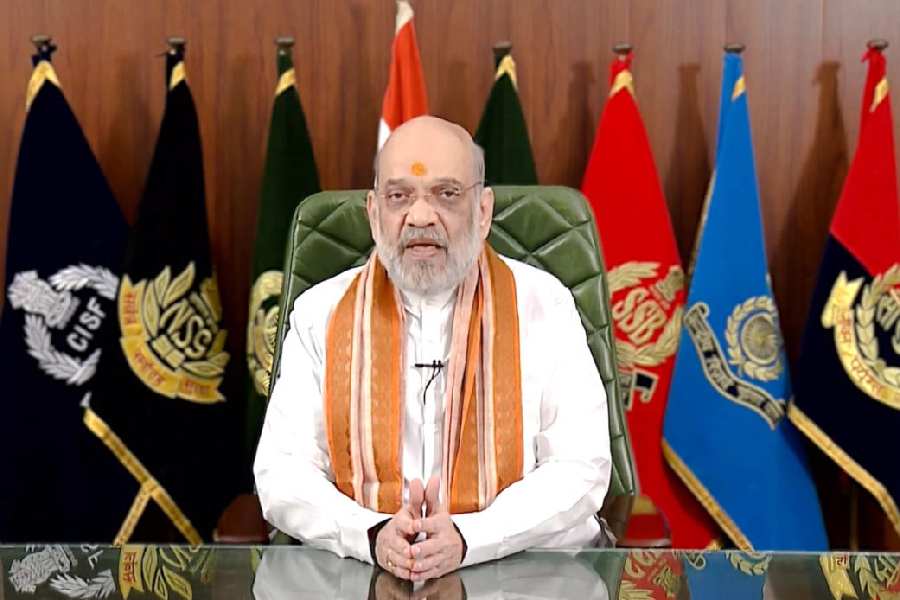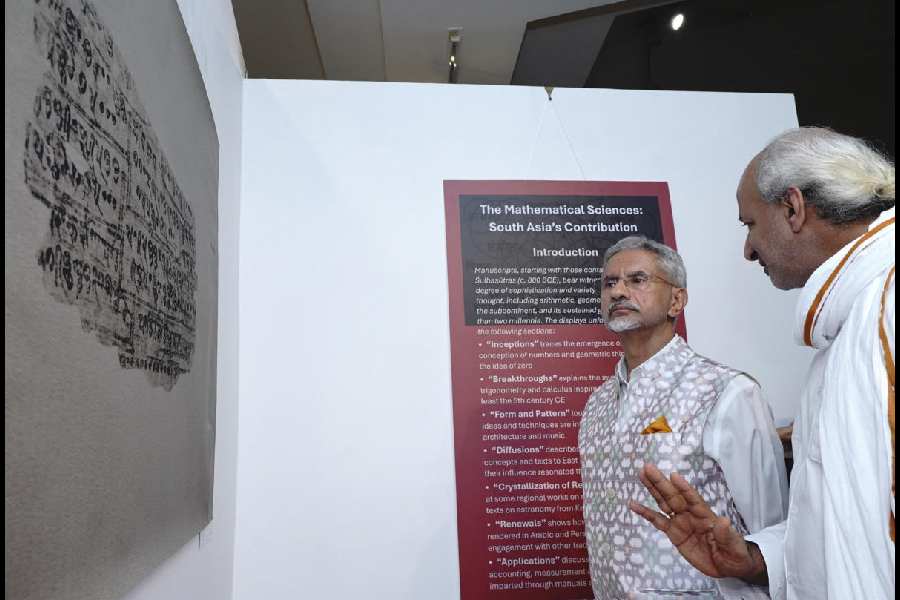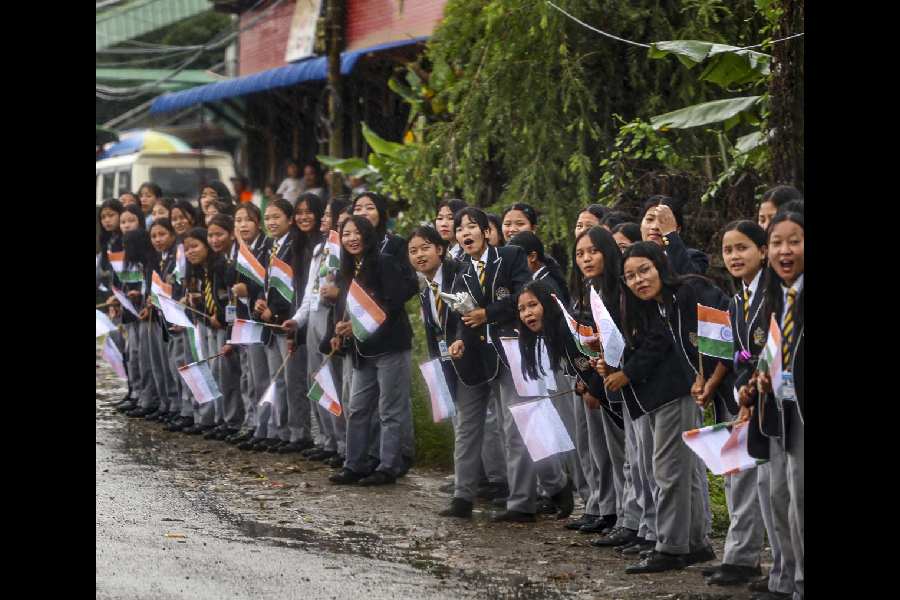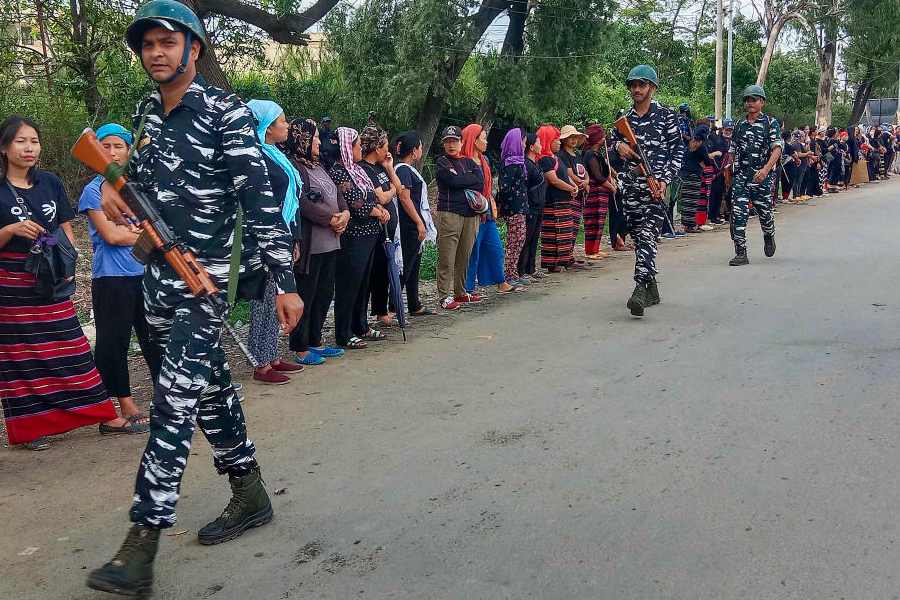Millions of men and perhaps women across the globe are eagerly waiting for the football World Cup. At the same time as the shopping malls in Calcutta are gripped by the World Cup in faraway Germany, Sukurmania Oraon, a 15-year-old girl in Howrah is struggling to earn a living playing basketball. She represented Bengal in the mini-national championship, youth national championship and junior national championship in 2005. But poverty is certain to come in the way of her pursuit of sporting glory.
But this is exactly how thousands of budding stars are nipped in our country. Globally sports is gendered. Gender is a social construct. So it is not surprising that sports too follow societal parameters. This is reflected in the Olympic motto, ?Citius, Altius, Fortius? (swifter, higher, stronger) ?clearly highlighting the ?physical? power associated with masculinity in our society. To look at the discrimination women faced in this arena, the first modern Olympics in 1896 was a men-only affair. Women were only granted entry in 1900, that too in just two events ? golf and tennis. Archery, ice-skating and swimming were opened up in 1912, while track and field events followed in 1919.
In the United States of America, the women?s liberation movement of the Seventies, followed by Title IX of the Educational Amendment of 1972, paved the way for hundreds of young women to gain higher education and pursue their sports. The game that benefited the most from this, surprisingly, was soccer, which has witnessed a forty fold increase in women?s participation since 1977. The American women?s soccer team won the Olympic gold in 1996 and has won the women?s world cup twice. The latest battle won by the girls has been for equal pay with the men.
Forgotten eves
In India women have struggled to infiltrate the male bastion. Sania Mirza may be a star today, but how many remember talented players like Jenny Sanderson, Kusum Mehta, Khanum Haji? Or Rita Davar, who reached the junior Wimbledon finals in 1952?
Remember Saroj Bala, who represented India in hockey at Moscow in 1981? Then there are Jyotirmoyee Sikdar, Misha Grewal, Shiney Wilson, Ashwini Nachappa, Anita Sood, Kamaljeet Sandhu. And the list can go on. The marginalization of women in sports is rooted in our tradition and values. Many small-town girls in Bengal are prohibited from taking up swimming seriously because they will have to wear swimsuits. In fact, there was a time when Indian women played tennis in saris or salwar kameez. The effect of formative gender socialization has given rise to ?gendered sports?. So there is little organized participation of women in sports like billiards and boxing.
Besides the fact that a culture of sports is yet to be part of our school curricula, there is also the reality that very few fields in India are exclusively allotted to women for practice. As a result, women have to practise under the gaze of scores of ogling men. Barring a few, most promising sportswomen come from poverty-ridden families. For want of proper nutrition, they burn out easily. Also, many sportswomen in India face sexual harassment at the hands of officials.
However, in recent times, the government of India has started promoting sports and physical education among women, giving them attractive incentives. A scholarship of Rs 6,000 per year is given to those who have won national-level championships. For lower-level competition, states get aid at the rate of Rs 1,000 for block, Rs 3,000 for district and Rs 10,000 for state-level tournaments (for bigger states) and Rs 5,000 for smaller states and Union territories.
It is necessary to use sports as an instrument for women?s empowerment, even if that entails a bending of several social norms.










